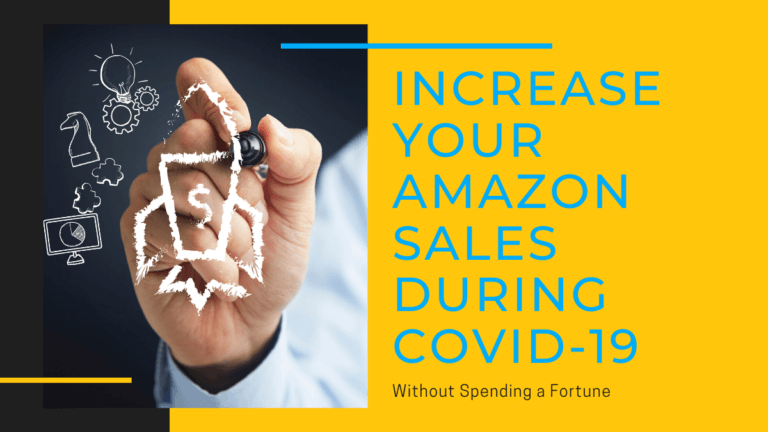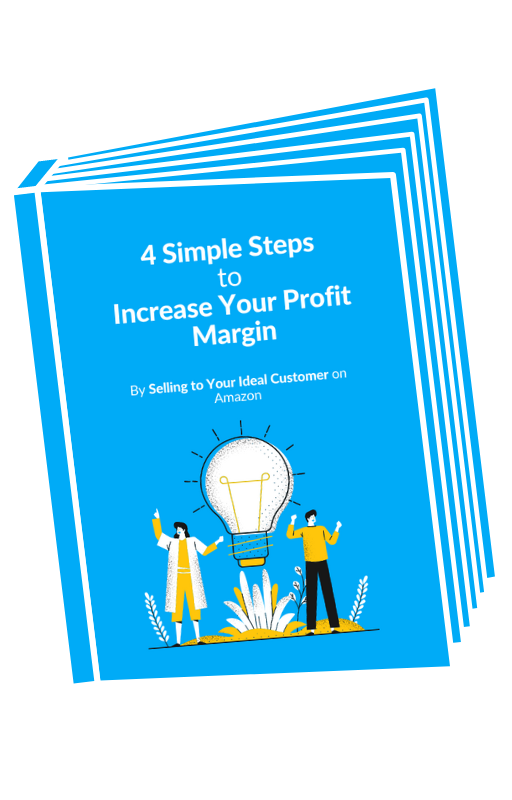This week, Rachel Johnson Greer shares the strategies she uses to help our eGrowth Partners Brand Fuel™ clients grow their sales on Amazon – even during tough times. She’s a former Amazonian with an in-depth understanding of how Amazon’s advertising options work because she and her team members helped develop Amazon’s Marketplace.
Even though Prime Day has been postponed and many items are still considered “non-essential,” Amazon is opening the platform to more and more products every day. There is reason to feel optimism that Prime Day will happen in August and Q4 will be profitable for sellers. We are helping sellers improve their conversions and prepare for this hopeful future now.
“How can I grow my business during the worst downturn we’ve ever experienced?” That’s the first question new clients ask us — no surprise!
While every business is different, there are three basic approaches to growth during this time:
- Drive traffic
- Increase conversions on your listings
- Add new products to your offerings that are in higher demand or easier to get traffic
Adding new products to your offerings is a broader subject that will be revisited at a separate time. In this post, I’ll discuss driving traffic and improving conversion rates on your page.
Drive Traffic
The channels we use the most include both paid and free options:
- Amazon Advertising
- Amazon Posts
- Organic Amazon Traffic
- Social Media Paid Traffic
- Google organic traffic
- Google paid traffic
- Social media organic
Paid Traffic
Amazon Advertising consists of both sponsored products and sponsored brands most commonly, as well as the new display ads.
Sponsored products should be thought of as paid product placement, rather than traditional advertising. This is akin to paying extra to be on an eye level shelf in a store, or to be featured on an end-cap event. The primary goal of sponsored products is to get your products onto the first page of results to better increase the likelihood that the item will be seen by potential customers.
The most common mistakes we see clients make with their advertising is not understanding the purpose of product placement advertising, and not adjusting their bids and budgets to reflect their current organic placement. It is pointless to pay for spot one when you’re already in spot one. You do need to spend occasionally to maintain your position if you have aggressive competition, but otherwise, ideally, you’re not running high bid/high budget sponsored products over a long period of time. However, we do recommend ongoing low bid ads to maintain placement on long-tail keywords that you are successful on.
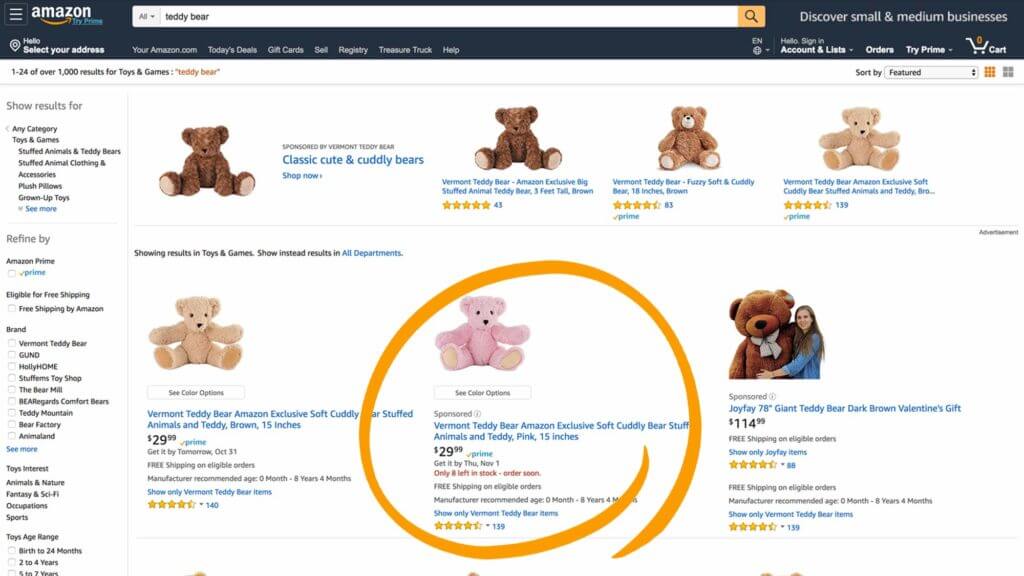
Paid sponsored brand ads should be seen as a way to 1) launch new products by sandwiching the new products with limited reviews in between the more successful products to get the “halo effect” with customers; 2) get best possible placement for your products; 3) redirect customers to your own Storefront rather than to the very busy Amazon detail page where everyone is competing for mindshare; and 4) get unusual placement, outside of the search results or sponsored products carousels on the detail page.
Every opportunity to gain new traffic should be taken advantage of, within reason. It can be tempting to focus on sales above profitability, but that’s not a long-term path to success on Amazon. If you’re just beginning to advertise, a broader approach is reasonable, but as you go along, focus your budget onto the keywords and approaches that get you profitable sales.
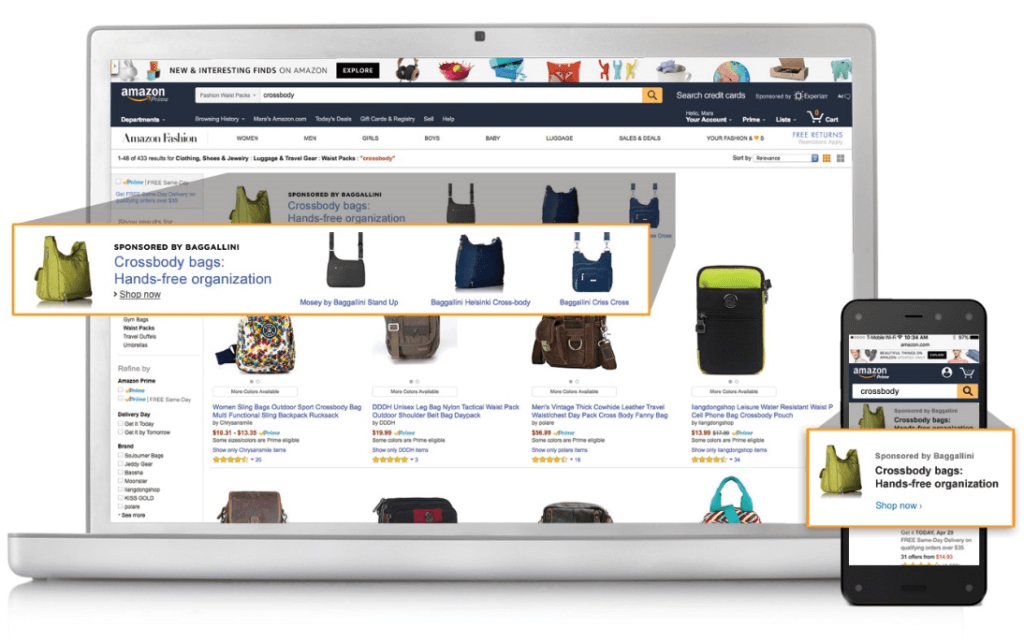
Google paid traffic is best used to drive traffic during a launch or to pay ongoing if the cost per click is quite low. Because Google is so much more competitive even than Amazon and the traffic on Google is primarily cold or barely warm traffic, the clicks you get here are much less likely to result in conversions. I personally am a big fan of misspellings and odd terminology that are less likely to be competitive. Overall, Google traffic has limited return on investment, and the best thing about Google – the data – can’t be evaluated effectively through conversion data on Amazon, except in the new Amazon Attribution portal, which is still of limited use.
Social media paid traffic can be very useful, because you can continue to follow up with customers via automated tools like ManyChat after they interact with your content on social media. This channel for paid traffic has the same problems that Google advertising does, and typically I only recommend this in two situations: 1) when the brand has good automated follow up software installed or a way to turn these clicks into long-term fans; or 2) during the launch phase when you want to get as much traffic to your listing as possible.
Start here: If you aren’t currently doing any paid advertising, the best place to spend your money is in low bid sponsored products ads (the bottom of the recommended bids from Amazon, usually $.30-.90/click for a bid) or sponsored brands video advertising if you have a brand. Video ads have the best click through rates and ACoS (advertising cost of sales) of all types of ads that we’ve used as a whole.
Want to Increase Your Profit Margin?
Free Traffic
Amazon Posts are a new service provided by Amazon that resembles an Instagram feed. These posts currently only show up on mobile feeds. A really good sponsored product ad CTR (Clickthrough rate) is 1-1.5%. But for the most successful posts we’ve made, we’re seeing 5.6% CTR with thousands of impressions, hundreds of clicks, and an unknown number of sales (this isn’t included in Amazon’s metrics yet).
We’re tracking the traffic and conversion data before and after the post launch date to see how effective they are, but so far it seems smart to take advantage of this new beta program as quickly as possible.
A REALLY good sponsored product ad CTR is 1-1.5% — Our Amazon Posts are getting upwards of 5% in some cases!
Organic Amazon traffic comes from your current rank for specific keyword search terms or within your subcategory. The best way to boost your organic Amazon traffic is to bid with a significant budget, high bid on lower competition keywords, and boost yourself from, say, page four of the search results to page one. Better to get half of 1000 customers than half a percent of 50,000! Don’t let bright shiny high traffic keywords distract you from the benefits of winning in smaller niches.
Organic Google traffic happens when you have high traffic keywords featured on your Storefront pages or Amazon detail page, particularly in your A+ content. The best way to find these keywords is to create an Adwords account, and research top traffic keywords in Keyword Planner. Because Amazon.com is a URL recognized as having a lot of authority by Google, ranking pages on Google, even organically, is much easier than ranking pages on your own website. The biggest mistake people make here is not checking Keyword Planner at all, just to see what phrases they need to include on their Amazon pages.
Organic social traffic is about understanding how your customers find your products. Are they hanging out on Pinterest or Instagram or Facebook or YouTube? Are you hashtagging correctly? Are you getting shares or mentions? The biggest mistake I see brands make here is trying to shoehorn their product and customer into the wrong social channel. Items that are good for DIY projects or home decor are often not as good on Instagram as they are on Pinterest, for example.
Right now, in this time of uncertainty, when many of us have more time than money on our hands, focusing on your social media channels and your Google Keyword Planner phrase additions are likely the best areas for you.
Increase Conversions
Conversion consists of four specific elements:
- Price
- Images
- Written Content
- Reviews
Price is particularly sticky to change right now. We continue to get clients with issues changing prices, primarily with raising prices, even on items that have had raw material changes that require a price change. Amazon is using a general rubric to control for price gouging based on a 10% increase in average prices over a period of time, which I’m estimating is likely 90 days. However, you can still make sure your pricing is competitive and interesting to customers.
Images and written content need to reflect the needs and concerns of the customer. One of the most common issues that we see is sellers writing content that markets to themselves over buyers. This sometimes works for people, if they are their target audience, but that’s not necessarily going to be the case. The usual advice I read from others is “Feature + benefit statement” — which is true, but what features to put first? What benefits do customers care about most?
Without doing detailed product research of your own and your competitors’ pages on Amazon, you won’t know what is most important to your customers, which is why this is our first step when we sign on a new brand. We also regularly review the pages again to make sure that the page content truly reflects the current issues that customers have. (This is most important if you haven’t changed your content in over a year). With COVID-19, consumer’s needs and concerns have changed dramatically. If you’ve not updated your listings in the past couple of weeks, you need to revisit them.
To get at what customers want to know about, you must read through piles and piles of customer Q&A and reviews and make note of exactly what they’re talking about — preferably in their own words. We use a spreadsheet to keep track of these questions and organize the questions by order of importance. These are then used to order the bullets, the A+ content, the images, the Storefront pages – whatever you’re creating on the page for customers.
Speaking of Amazon Stores, we recommend driving traffic to the Storefront rather than your listing to get better conversion rates. On a Stores landing page, you can have one link that says, “Add to Cart” – as opposed to the product detail page on Amazon’s detail pages, which is covered with distractions and other places for customers to go and reduces the likelihood of a conversion.
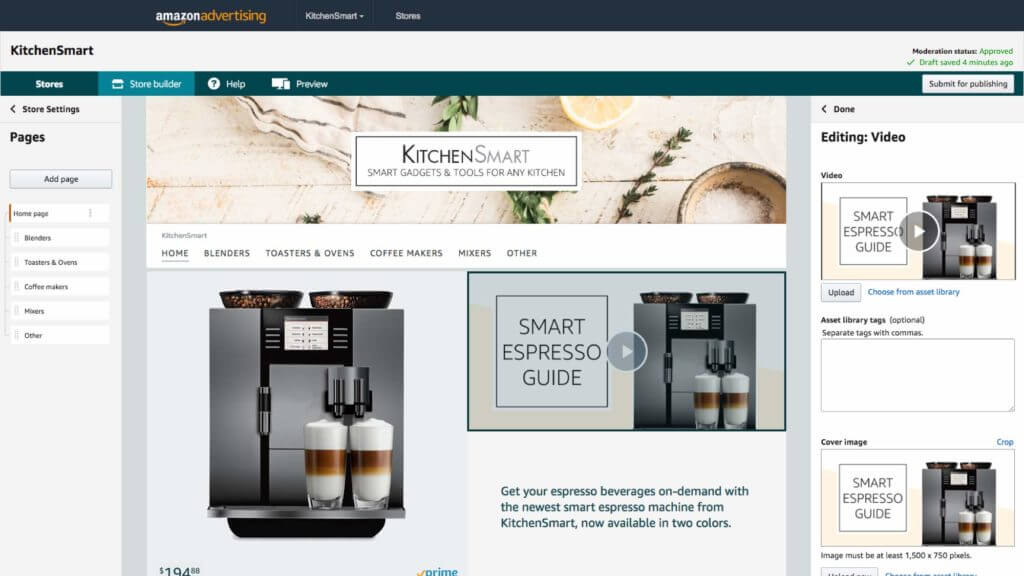
For reviews, Amazon put out information a few years ago that the conversion rate of advertising spending evens out around 16 reviews. This is not to say that more reviews don’t help – they absolutely do – only that excess reviews help more with conversion than with decreasing advertising costs.
Reviews with images help increase conversion more than reviews without images, but too many in a short time period will set off Amazon’s algorithms for unusual behavior. This is my performance and compliance warning – it is NOT helpful to pay for reviews. “Review manipulation” is among eGP’s top reasons for reinstatement services.
In this period of limited money but a lot of time, spending a few extra hours to review what your customers really care about and moving around your bullets and images are easy and effective ways to improve the conversion rate on your account.
In conclusion, increasing traffic to your pages, and increasing conversion for those who land on your page is how to achieve growth even during this difficult time. There are a lot of paid and organic options to increase traffic. And there are ways to increase conversion without paying extra.
We have helped brands go from zero to hero on the platform by applying research, strategy and consistent efforts to their products. Our proprietary research and tools help us understand why their current campaigns are not working and how to increase conversions. Our off-platform campaign advice has helped sellers increase traffic dramatically.
Now that Amazon has shut down the Amazon Affiliates program, sellers must expand their off-platform marketing campaigns to help drive sales. –Cynthia Stine


